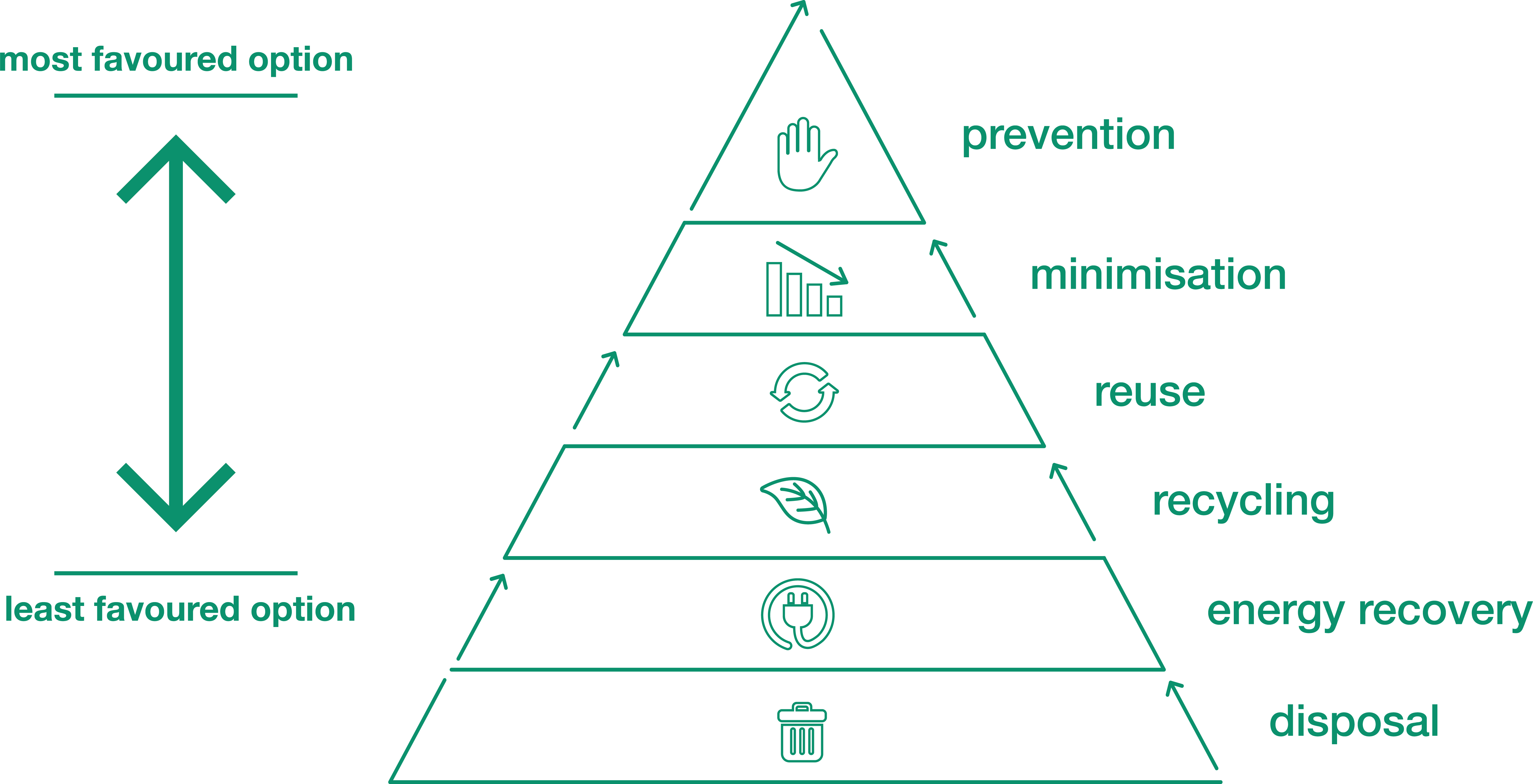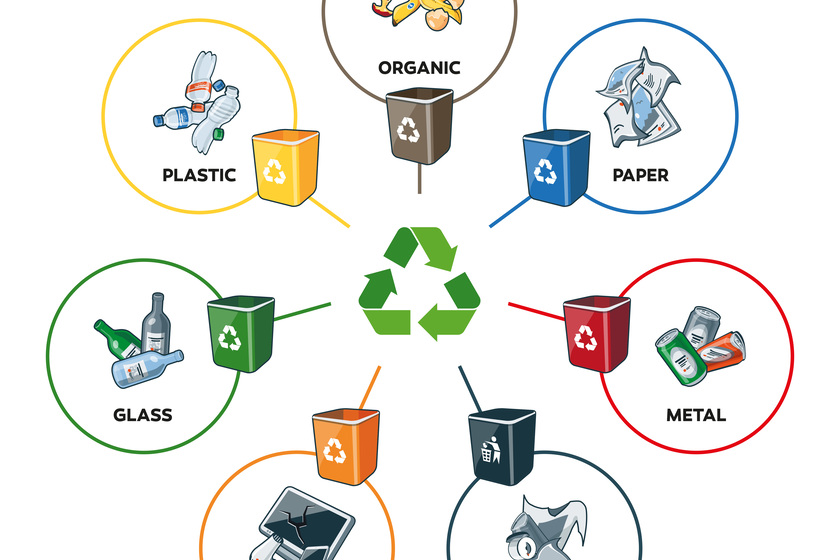Recycling Lives Services: A Total Solution for Company Recycling
Recycling Lives Services: A Total Solution for Company Recycling
Blog Article
Exploring Different Sorts Of Waste in Modern Waste Management Equipment
The modern landscape of waste administration entails browsing an intricate selection of waste types, each calling for specialized handling and disposal methods to mitigate ecological effects. Community solid waste, hazardous waste, electronic waste, and organic waste each existing distinctive obstacles and opportunities for resource recovery. Innovative services such as smart waste containers and waste-to-energy modern technologies are emerging as essential tools in boosting effectiveness and sustainability. Comprehending these waste types is vital for promoting public awareness and motivating active engagement in lasting practices. What strategies can efficiently attend to these varied sorts of waste while promoting a circular economic situation?
Local Solid Waste
Metropolitan solid waste, frequently referred to as family garbage or rubbish, includes a range of thrown out materials created by residential, commercial, and institutional resources within a community. This waste stream commonly includes things such as product packaging, food scraps, backyard trimmings, paper, plastics, fabrics, and disposed of household items. The administration of community solid waste is an essential component of metropolitan planning and public wellness, demanding reliable collection, transport, and disposal systems.
Effective waste management systems are developed to decrease environmental influence while making best use of resource healing. Composting natural waste, such as food scraps and backyard trimmings, not only lowers land fill usage yet also produces useful dirt amendments.
Towns have to also resolve the economic and logistical difficulties connected with waste management. Executing pay-as-you-throw systems, boosting public understanding, and spending in technology can substantially boost waste diversion rates. By incorporating these techniques, towns can cultivate lasting neighborhoods, minimize greenhouse gas emissions, and preserve natural deposits.
Hazardous Waste

Reliable contaminated materials administration involves several important steps: recognition, disposal, segregation, and treatment. Recognition requires the category of waste based on its hazardous buildings. Segregation makes certain that unsafe materials are kept individually from non-hazardous waste to stop cross-contamination. Treatment methods, such as chemical neutralization, incineration, and stabilization, are employed to lower the poisoning, volume, or flexibility of the waste. Lastly, disposal alternatives, consisting of secure garbage dumps and below ground storage, are selected to make certain long-term control.
Regulative structures, such as the Resource Preservation and Recovery Act (RCRA) in the United States, give guidelines and criteria for unsafe waste management. Adherence to these regulations, coupled with advancements in waste treatment technologies, is crucial in minimizing the dangers linked with contaminated materials.
Digital Waste
Digital waste, generally referred to as e-waste, represents a rapidly expanding challenge in waste management systems globally. This kind of waste encompasses discarded digital gadgets and equipment such as mobile phones, computers, televisions, and other electronic home appliances. The rapid pace of technical innovation, combined with reducing item lifespans and customer demand for the current gadgets, has actually greatly enhanced the volume of e-waste created annually.
E-waste is specifically troublesome as a result of its complex composition, usually including unsafe compounds like cadmium, lead, and mercury, which position considerable ecological and wellness threats if not effectively managed. Conversely, e-waste additionally contains beneficial products such as copper, gold, and silver, which can be recouped and recycled. The double nature of e-waste-- both beneficial and hazardous-- requires specialized handling, recycling, and disposal processes.
Reliable e-waste monitoring involves strict regulatory frameworks, durable collection systems, and advanced reusing technologies. Public understanding and participation are crucial, as incorrect disposal practices, such as prohibited discarding and informal recycling, aggravate environmental contamination and carcinogen. Consequently, improving e-waste management techniques is important for alleviating eco-friendly effect and recuperating useful resources in an increasingly electronic globe.

Organic Waste
Organic waste, consisting of kitchen area scraps, yard trimmings, and agricultural deposits, represents a substantial section of the click to read worldwide waste stream. This kind of waste is biodegradable, implying it can be damaged down by microorganisms right into less complex natural substances. Despite its possibility for all-natural decay, inappropriate administration of natural waste can result in adverse environmental impacts, consisting of the exhaust of greenhouse gases such as methane, which add to climate modification.
Effective administration of organic waste is essential for minimizing these environmental effects (recycling lives services). Composting is a commonly embraced method, transforming organic waste into nutrient-rich compost that can improve dirt health and agricultural performance. Furthermore, anaerobic digestion is an emerging technology that converts organic waste into biogas, a sustainable energy resource, and digestate, which can be made use of as plant food
Municipalities and waste administration entities must implement durable natural waste collection and therapy programs to optimize the benefits of these processes. Public education and learning campaigns can also play a critical duty in motivating households and companies to separate organic waste from other sorts of waste. By focusing on the monitoring of natural waste, cultures can reduce garbage dump use, reduced greenhouse gas exhausts, and create useful byproducts for farming usage.

Cutting-edge Waste Management
In the world of waste administration, ingenious approaches are transforming just how societies manage their refuse, intending for sustainability and effectiveness. One popular development is the application of clever waste bins furnished with sensors that keep track of fill degrees and maximize collection courses.
An additional noteworthy development is the fostering of waste-to-energy (WtE) innovations. By transforming non-recyclable waste right into functional energy via procedures such as incineration and anaerobic digestion, WtE lowers land fill concern and provides an eco-friendly power source. Additionally, improvements in chemical recycling enable the break down of intricate plastics into their initial monomers, allowing the creation of new, top quality plastic items.
In addition, the circular economic climate model is getting traction, highlighting the layout of products and systems that focus on reusability and resource effectiveness. This all natural technique urges markets to reduce waste generation from the start. Via these ingenious approaches, useful source modern waste monitoring systems are not only dealing with the prompt challenges of waste disposal however also leading the way for a more sustainable future.
Final Thought
A comprehensive understanding of local strong waste, contaminated materials, electronic waste, and organic waste, combined with the application of cutting-edge waste management services, is imperative for reducing environmental effects. Incorporating innovations such as wise waste containers and waste-to-energy systems can improve performance and sustainability. Reliable waste administration see this site methods not just foster source recuperation but additionally promote public awareness and participation, ultimately contributing to the growth of a round economy.
The contemporary landscape of waste administration includes browsing a complicated range of waste kinds, each needing specialized handling and disposal techniques to alleviate environmental effects. Local solid waste, harmful waste, digital waste, and natural waste each existing distinctive difficulties and opportunities for resource recuperation.Digital waste, frequently referred to as e-waste, represents a quickly growing obstacle in waste monitoring systems around the world. With these cutting-edge approaches, modern-day waste administration systems are not only addressing the prompt obstacles of waste disposal yet likewise paving the means for a much more lasting future.
An extensive understanding of community solid waste, unsafe waste, digital waste, and organic waste, paired with the application of cutting-edge waste monitoring solutions, is vital for alleviating environmental influences. (recycling lives services)
Report this page